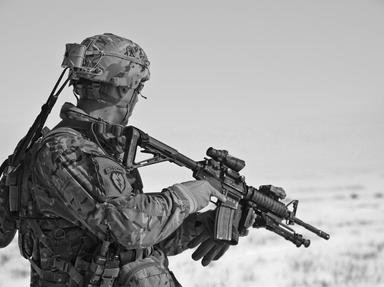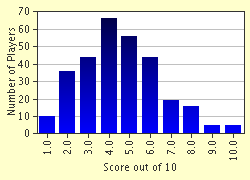Quiz Answer Key and Fun Facts
1. This weapon was the only artillery piece not outlawed (for Germany) by the Versailles Treaty. Both Germany and Russia invested heavily in them.
2. This howitzer mounted on the Sherman tank chassis was the best piece of self propelled artillery that the Western Allies had. Its nickname was the Priest because of the pulpit-shaped .50cal machinegun mount, what was it's designation?
3. This British artillery piece was reliable and just the replacement the British were looking for after replacing their aging 12 pounders. Some Tommies had a knack for using it against German tanks at close range.
4. During World War I the Germans were desperately short of medium artillery pieces, had even less ammo, so they developed a gun that would fire enemy ammo but the enemy couldn't fire its ammo. What was the caliber of the gun?
5. The largest artillery piece ever fired in anger was the German 800mm gun known as "Dora". This weapon was fired only around 80 times, 50 of them practice shots. What target was this weapon designed for?
6. The Russians used this gun for everything. It was a tank gun, artillery piece, and an anti-tank gun. What was the caliber of the gun?
7. This piece of anti-aircraft artillery made an even better artillery piece. With a 128mm caliber, high muzzle velocity and incredible range this gun could take out anything within 4 km of it. What was it known as in Germany?
8. The Paris Gun of World War I fame was possibly the longest ranging artillery piece ever (with the possible exception of the K12E). Though famous, few know it's real name, do you?
9. One of the major combatants in WWII built very sturdy but heavy pieces of artillery, one of the main causes of the guns' weight was their metal wheels. Which of the combatants used metal wheels on nearly all of their traditional artillery pieces?
10. During WWII the Japanese soldier often had what Americans called a knee mortar thanks to an incorrect translation by an American translator. What was this weapon really called?
Source: Author
experten45
This quiz was reviewed by FunTrivia editor
bloomsby before going online.
Any errors found in FunTrivia content are routinely corrected through our feedback system.


